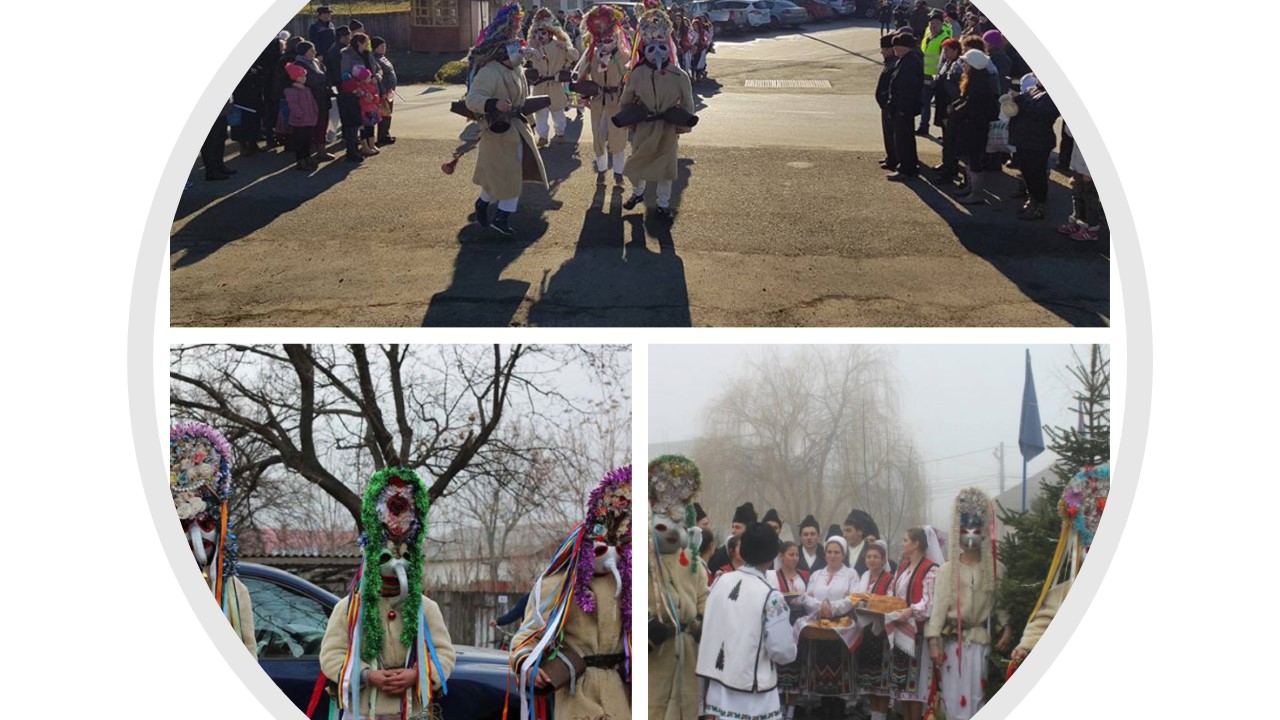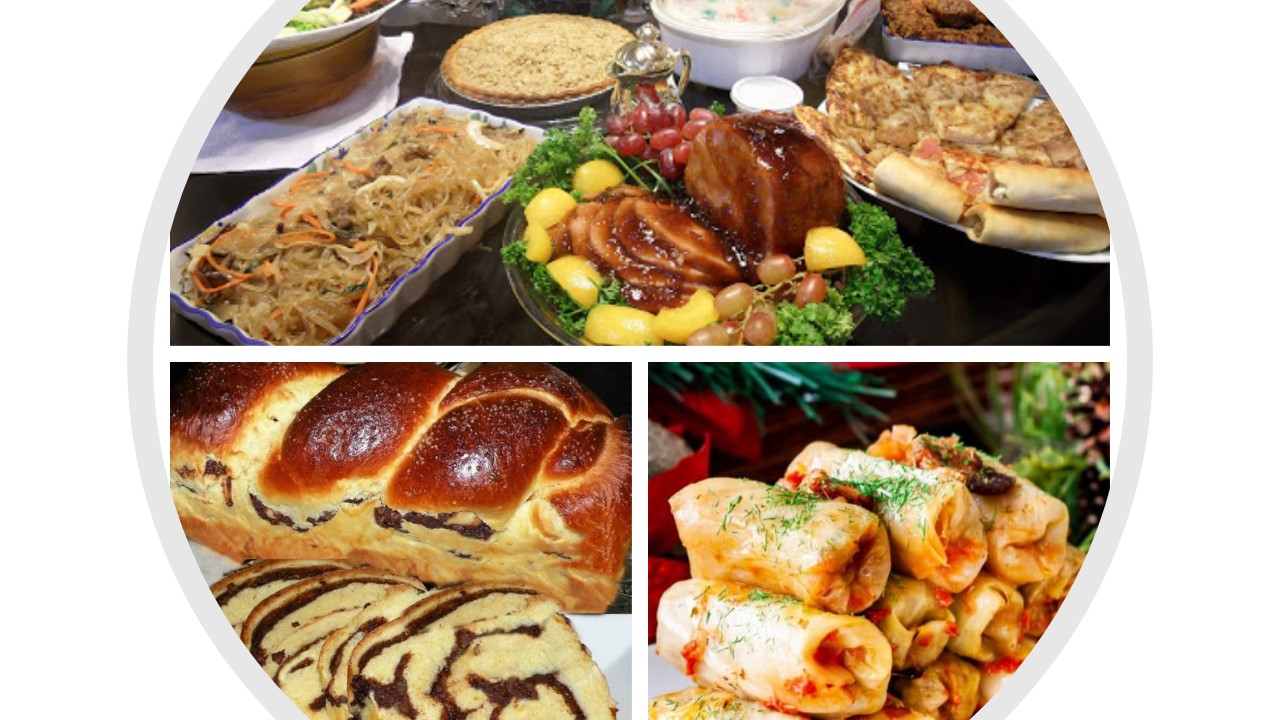DANUrB+ - Customs and Traditions in Romania (Tulcea)
23-12-2020
In Tulcea, Christmas is a lot more than just decorating the Christmas tree and offering gifts. This Christian holiday is filled with beautiful celebrations, traditions, and superstitions.
On Christmas Eve, December 24th, groups of children will go from house to house and sing religious carols to announce the birth of Jesus Christ. The hosts will give them money, cakes, cookies, fruits and all sorts of sweets. According to local tradition, carolers are wearing traditional clothes, they have bells, whips, or drums to make noise and dispel evil spirits. Some of them wear costumes and masks symbolizing diverse animals and mythical creatures.
There is a unique tradition In Tulcea county named “Moșoaiele”. “Moșoii” are represented by a group of 20 – 30 young folks wearing costumes made of fox skin, sheep wool, stag or ram horns, and masks made of gourd. The legend says that ‘Moșoii” are dispelling the bad luck and the evil spirits which appear at the end of the year. They have the role of announcing Jesus Christ's birth and they bless the host's house.

Food is probably the main part of any holiday, but Christmas is a true feast for the senses. On Christmas Eve locals are cooking “sarmale” (meat-and-rice rolls wrapped in cabbage, served with polenta and sour cream), sausages and they bake “cozonaci”, a sort of sponge cake with nuts, Turkish delights, and poppy seeds. The Christmas dinner is a rich, multi-course meal including roasted pork, pickled vegetables, boeuf salad and homemade brews.

Tulcea is one of the few locations where Christmas is celebrated twice. On January 7th, the Lipovans are celebrating the Old Rite Christmas. Their customs are similar to Romanians Christmas with few exceptions. One specific tradition is that Lipovans are baking pumpkin pie and they put coins inside them and whoever finds the coins will have good luck in the new year.
During Christmas, most local houses are filled with friends, relatives, and goodwill where everyone giggles, dances, cooks, and tells stories. Carol singers constantly knocking at the door and colorful decorations throughout add a cheerful festive touch to the scene.
